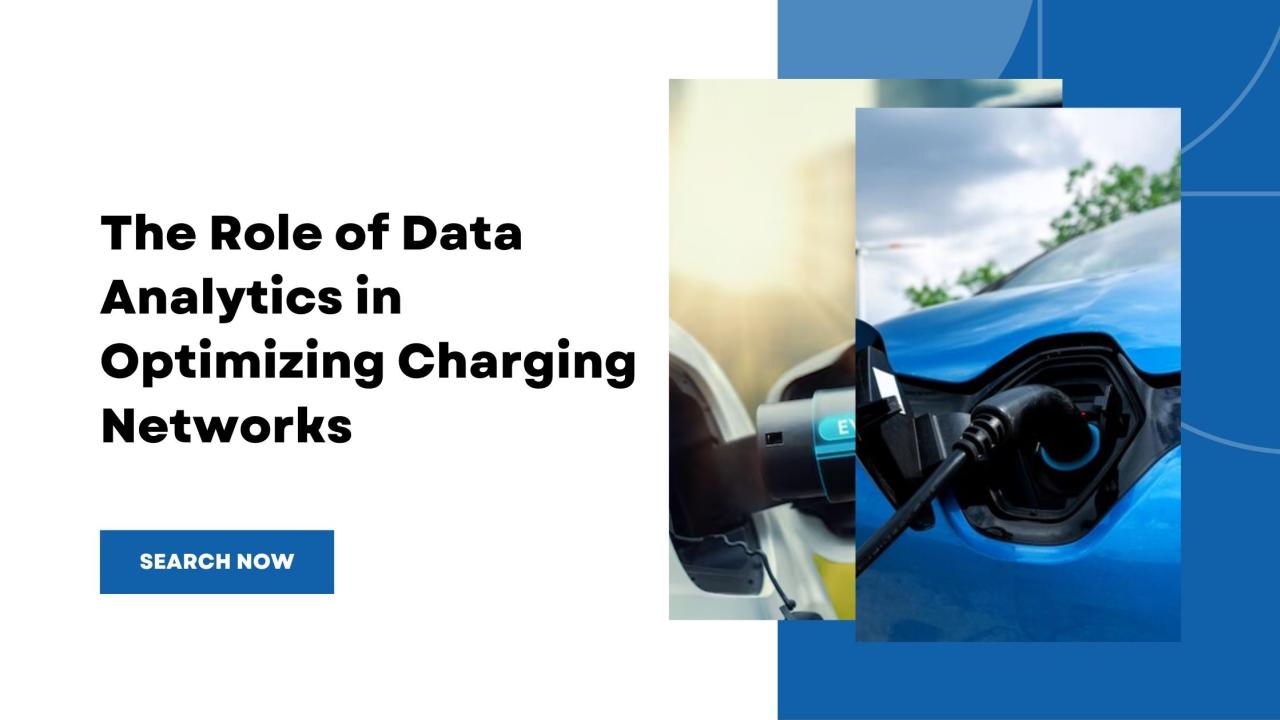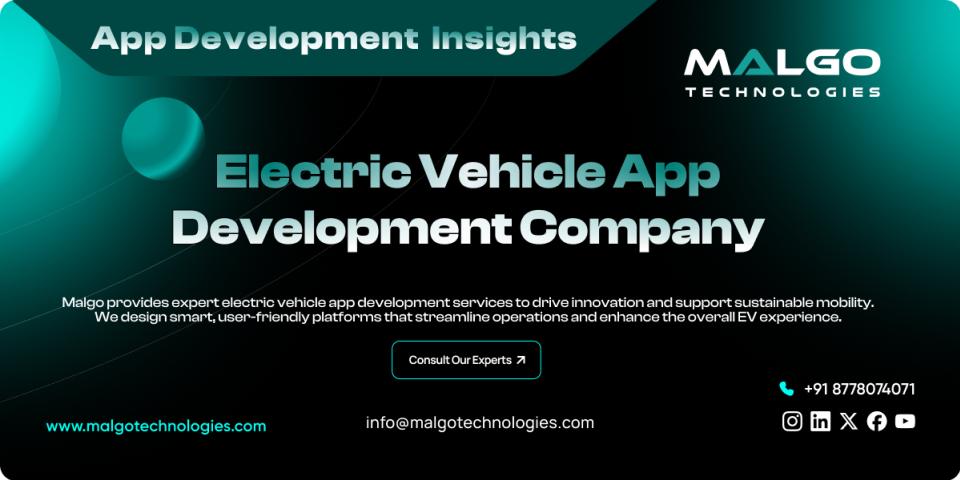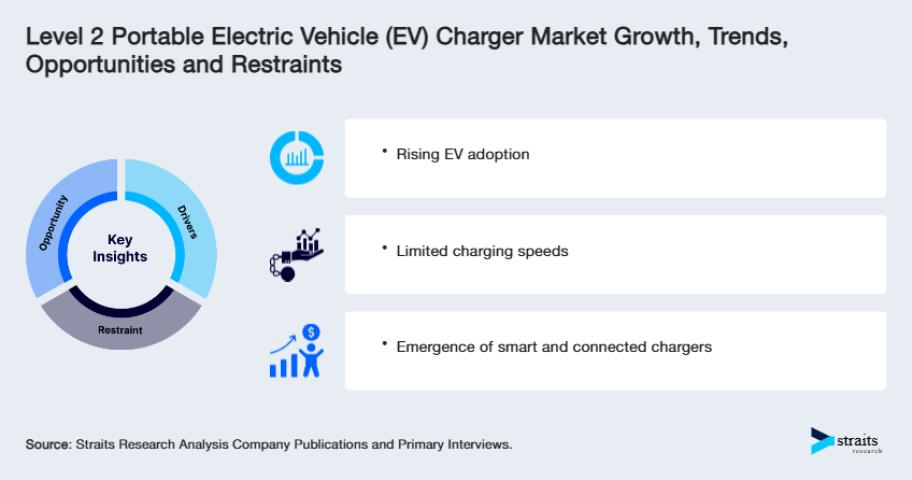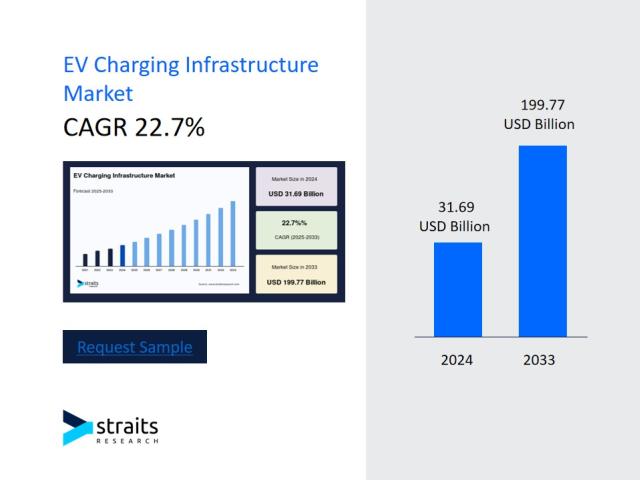As the adoption of electric vehicles (EVs) continues to grow, the efficiency and scalability of EV charging infrastructure have become critical challenges. Data analytics is playing a transformative role in enhancing charging networks by optimizing locations, reducing wait times, and improving energy distribution. With the rise of electric vehicle events 2025, industry leaders are discussing how data-driven insights can shape the future of sustainable mobility.
How Data Analytics is Transforming EV Charging Infrastructure
1. Optimizing Charger Placement
Through big data analysis, charging station operators can determine high-demand locations by analyzing:
Traffic patterns
EV adoption rates
Peak charging hours This helps in deploying EV charging infrastructure in areas where it is most needed, preventing congestion and improving accessibility.
2. Predictive Maintenance and Reliability
Machine learning algorithms monitor the performance of chargers, detecting faults before they lead to failures. Predictive maintenance can:
Reduce downtime by 30%
Lower maintenance costs by 25%
Enhance user experience by minimizing out-of-service stations
3. Smart Energy Management
With EV charging infrastructure placing significant demand on the power grid, data analytics enables:
Dynamic load balancing to prevent grid overload
Integration of renewable energy sources
Real-time energy distribution optimization
4. User Behavior Insights
By analyzing charging habits, providers can:
Offer personalized pricing models
Improve demand forecasting
Enhance station utilization rates
Case Studies: Data Analytics in Action
Case Study 1: Tesla Supercharger Network
Tesla uses AI and data analytics to manage its extensive Supercharger network. By leveraging predictive analytics, Tesla:
Optimizes charging times to reduce wait periods
Dynamically adjusts pricing based on demand
Integrates battery preconditioning to improve charging speeds
Case Study 2: European Smart Charging Initiatives
In Europe, smart charging projects use real-time data to balance energy demand. Key outcomes include:
40% reduction in peak-hour congestion
Increased utilization of renewable energy by 35%
Enhanced grid stability through demand response mechanisms
The Role of Electric Vehicle Events 2025 in Charging Network Optimization
A Platform for Innovation and Collaboration
Electric vehicle events 2025 serve as crucial platforms for stakeholders, including policymakers, industry leaders, and tech innovators, to discuss the latest trends in EV charging infrastructure.
Key Discussions at the 3rd Annual EV Charging Infrastructure Forum
The impact of AI and machine learning on charging networks
Advances in predictive analytics for grid integration
Investment strategies for expanding sustainable EV charging infrastructure
Why This Event Matters
With the global EV market expected to grow by 400% by 2030, events like the 3rd Annual EV Charging Infrastructure Forum provide insights into overcoming key challenges and implementing data-driven solutions for an efficient charging ecosystem.
Statistics on Data Analytics and EV Charging
80% of charging downtime is preventable through predictive maintenance
Data-driven site selection can improve charger utilization by 50%
Dynamic load balancing reduces peak energy demand by 25%
The global EV charging infrastructure market is projected to reach $207 billion by 2030
Frequently Asked Questions (FAQs)
1. How does data analytics improve EV charging networks?
Data analytics enhances charger placement, predicts maintenance needs, optimizes energy distribution, and personalizes user experiences, making EV charging infrastructure more efficient.
2. Why is predictive maintenance important for charging stations?
Predictive maintenance prevents unexpected charger failures, reducing downtime and repair costs while improving reliability.
3. How do electric vehicle events in 2025 contribute to EV charging advancements?
Electric vehicle events 2025 facilitate discussions on the latest technologies, regulatory policies, and investment opportunities for scaling EV charging infrastructure.
4. What role does AI play in optimizing charging networks?
AI processes large datasets to predict demand, balance grid loads, and enhance the overall efficiency of charging stations.
Conclusion
The integration of data analytics into EV charging infrastructure is revolutionizing the industry by enhancing efficiency, reliability, and sustainability. As the sector continues to evolve, electric vehicle events 2025 will be instrumental in fostering collaboration and driving innovations that shape the future of EV charging. By leveraging AI and data-driven insights, stakeholders can build a more robust and intelligent charging ecosystem for the growing EV market.











